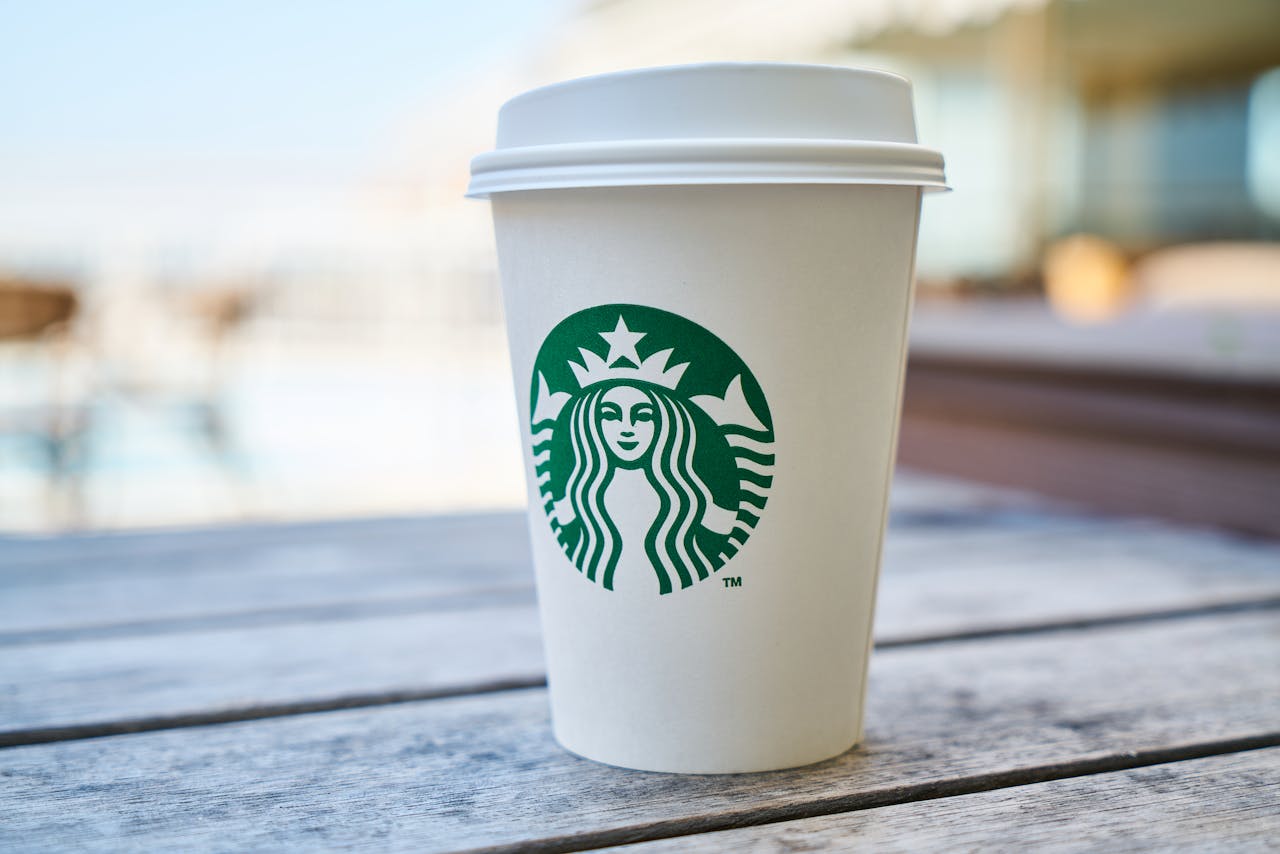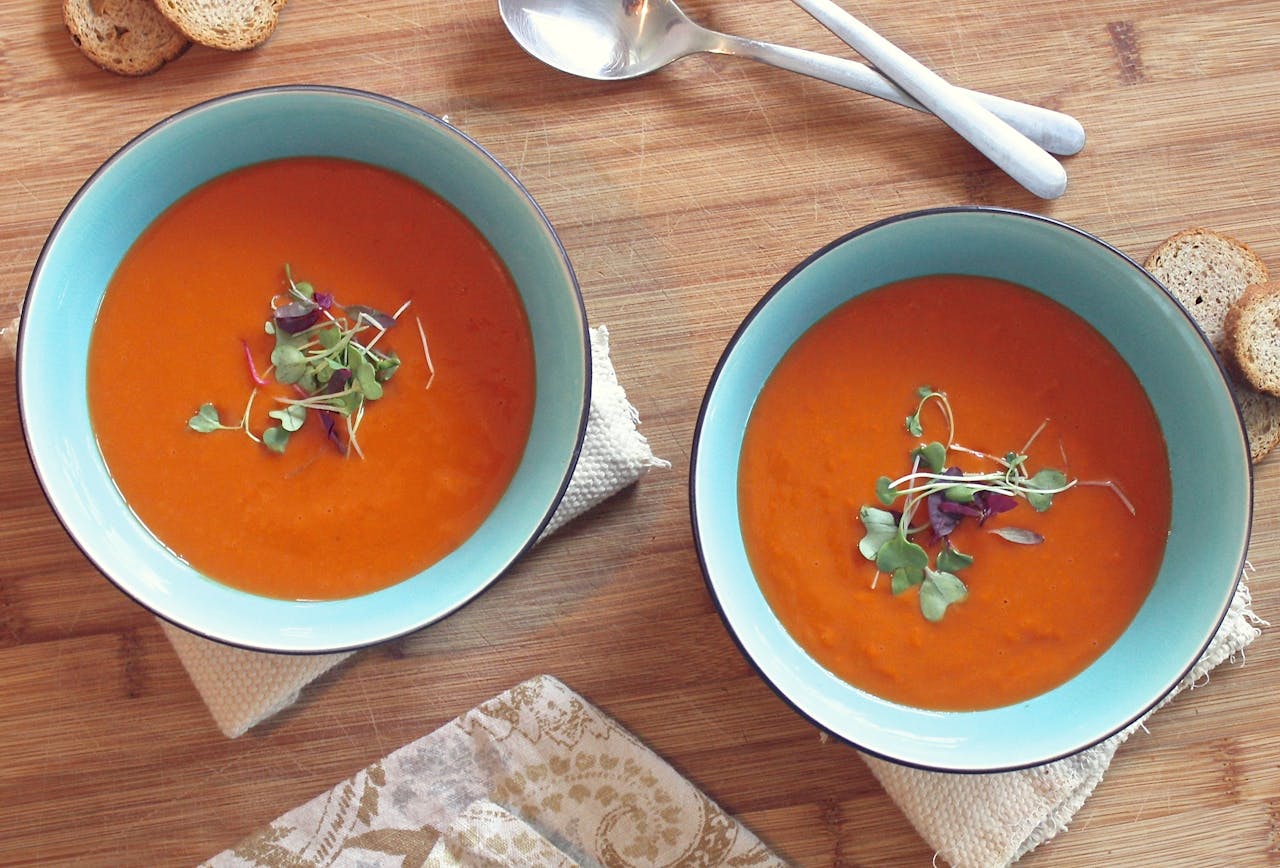Rising grocery bills are a reality for nearly everyone these days, but some shoppers feel the sting more than others. You’re not alone if you’ve noticed your favorite brands costing more each month. Many companies have hiked prices well beyond inflation, leaving loyal customers searching for alternatives. This trend, known as “brand price increases,” is changing the way people shop and forcing tough choices at the checkout. Understanding which brands are leading the charge can help you make smarter decisions and stretch your budget further. Let’s break down the top 10 brands that have priced out their long-time customers—and what you can do about it.

1. Kraft Heinz
Kraft Heinz, the maker of pantry staples like ketchup, mac and cheese, and salad dressings, has implemented some of the most noticeable brand price increases in recent years. Shoppers have reported that a box of Kraft Mac & Cheese, once a budget-friendly meal, now costs significantly more. The company has cited supply chain issues and higher ingredient costs, but the end result is the same: loyal customers are feeling squeezed. If you’re looking to save, consider store brands or bulk buying when items go on sale.
2. PepsiCo
PepsiCo, which owns brands like Lay’s, Doritos, and Quaker, has steadily raised prices across its snack and beverage lines. These brand price increases have pushed many shoppers to seek out less expensive alternatives or cut back on treats altogether. If you’re a fan of these snacks, watch for promotions or try generic versions, which often taste surprisingly similar.
3. General Mills
General Mills, the company behind Cheerios, Betty Crocker, and Yoplait, has not been shy about passing costs onto consumers. Cereal prices, in particular, have jumped, making breakfast a more expensive meal for families. To combat these brand price increases, look for coupons, buy in bulk, or explore oatmeal and other affordable breakfast options.
4. Procter & Gamble
Procter & Gamble, known for household essentials like Tide, Bounty, and Pampers, has also raised prices multiple times in the past two years. These brand price increases hit hard because they affect everyday necessities. Shoppers can save by switching to store brands, using digital coupons, or buying in larger quantities to reduce the per-unit cost.
5. Nestlé
Nestlé, the world’s largest food company, has increased prices on everything from coffee to frozen meals. Shoppers have noticed that even staple items like coffee creamer and bottled water are no longer the bargains they once were. To offset these brand price increases, consider making coffee at home, buying in bulk, or trying less expensive brands.

6. Kimberly-Clark
Kimberly-Clark, the maker of Huggies, Kleenex, and Scott, has implemented brand price increases that are especially tough for families with young children. Diapers and tissues are non-negotiable items, so price hikes can quickly add up. Look for loyalty programs, subscribe-and-save options, or consider cloth alternatives for diapers to save money.
7. Campbell Soup Company
Campbell’s, famous for its soups and snacks, has raised prices on many of its products. What was once a go-to for affordable meals is now a pricier option. Shoppers can save by making homemade soups or choosing store-brand alternatives with similar ingredients and flavors.
8. Mondelez International
Mondelez, the parent company of Oreo, Ritz, and Triscuit, has also joined the wave of brand price increases. Snack lovers have noticed smaller package sizes and higher prices, a double whammy known as “shrinkflation.” To get more value, buy in bulk or look for sales, and don’t be afraid to try off-brand cookies and crackers.
9. Unilever
Unilever, which owns brands like Hellmann’s, Ben & Jerry’s, and Dove, has raised prices across both food and personal care products. These brand price increases can make it tough to stick to a budget, especially for families. Consider switching to store brands or looking for coupons and cashback offers to soften the blow.
10. Conagra Brands
Conagra, the company behind Healthy Choice, Marie Callender’s, and Slim Jim, has also raised prices on many frozen and packaged foods. These brand price increases have led some shoppers to cook more meals from scratch or seek out local brands with better value. Planning meals ahead and shopping sales can help you avoid paying top dollar.
How to Outsmart Brand Price Increases
Brand price increases are frustrating, but they don’t have to derail your grocery budget. Start by comparing unit prices, which can reveal hidden savings even when package sizes change. Embrace store brands, which often match or exceed the quality of national brands at a lower cost. Use digital coupons and cashback apps to stack savings, and don’t overlook local or regional brands that may offer better deals. Finally, consider meal planning and buying in bulk to maximize your grocery dollars.
Have you noticed brand price increases at your favorite stores? Which brands have you stopped buying, and what alternatives have you found? Share your experiences in the comments!
Read More
5 Groceries Not to Buy at Costco If You Want to Save Money
Costco Secrets: Ways the Store Gets You to Spend More on Groceries
The post 10 Brands That Have Priced Out Their Long-Time Customers appeared first on Grocery Coupon Guide.







